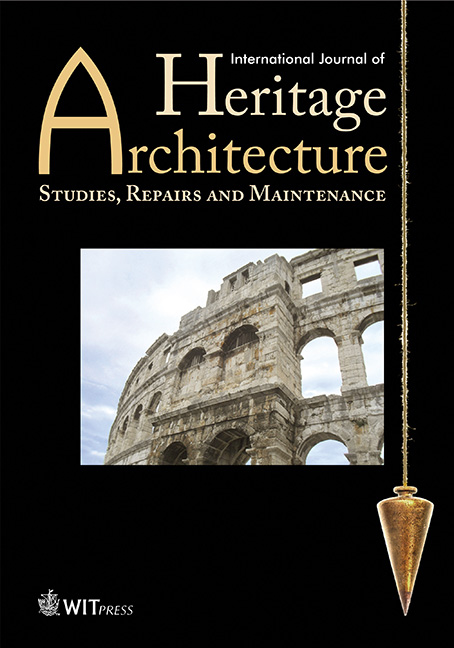Architecture and materials in the first half of the 20th century in Italy
Price
Free (open access)
Volume
Volume 1 (2017), Issue 4
Pages
14
Page Range
593 - 607
Paper DOI
10.2495/HA-V1-N4-593-607
Copyright
WIT Press
Author(s)
G. Bernardo & l. Palmero Iglesias
Abstract
The architecture and the materials used in the constructions have always been the symbol of the culture and progress of a people. Each historical period can be described in its complexity through the architectural heritage. The built environment is really an extraordinary testimony of the creativity and intelligence of humankind, of its enormous possibilities but also of its limitations as well as of a certain sensitivity and world view. This paper illustrates a multidisciplinary and historical-critical study of the main architectural trends in Italy in the first half of the 20th century: from the futurism of the early 20th century to the rationalism of the fascist period. The work is focused on the role of the architecture in the socio-economic development of a country and on the complex relationship between materials innovation and architecture, which originates even today the debate between modernity and tradition. The results highlight the outstanding importance in the evolution of the different ways of conceiving architecture. It can be just a utopia as in the futuristic architecture, a drive towards a better world which will be able to meet the growing needs of an ever-changing world, or rise to fulfil the function of science and art through the innovative use of new materials and manufacturing technologies.
Keywords
architectural heritage, autarkic materials, ceramic materials, Futuristic architecture, Italian rationalism, Litoceramica, natural stone, Novecento Movement, reinforced concrete.




